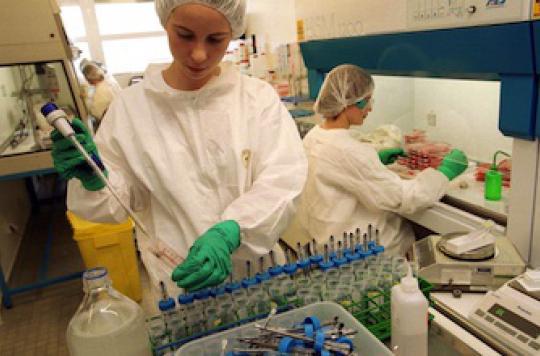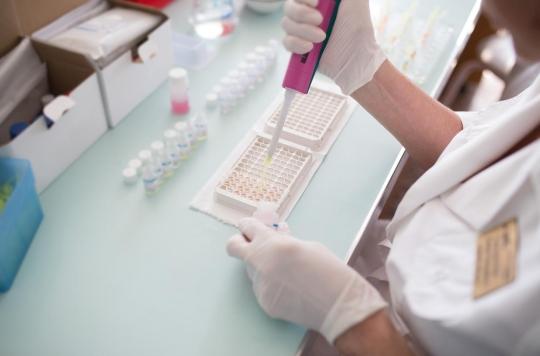The frequency of infection with the prion protein in the British population is higher than previously thought. However, it is impossible to predict how many carriers are at risk of developing the disease.

One Briton in 2000 is believed to be a carrier of the abnormal prion protein responsible for neurodegenerative Creutzfeldt-Jakob disease, the human form of bovine disease that emerged between the late 1980s and early 1990s. Yet, according to the authors of this study published in the british medical journal, at present, it remains uncertain how many people carrying the variant agent of mad cow disease will eventually develop it.
Frequency of infection increased
While the authors of this survey recall that this disease is still incurable and fatal, their work nevertheless provides the most robust data available to date on the prevalence of the infection in Great Britain. The last estimate evoked a frequency of the order of one Briton in 4000, but according to this latest analysis it would actually be close to double. Sebastian Brandner and his colleagues examined more than 32,000 appendix samples taken from anonymous individuals of all ages between 2000 and 2012 at 41 hospitals across the UK. As a result, in 16 samples, these scientists found the presence of the abnormal prion protein and it is from this observation that they were able to extrapolate their results to the general population. For this team, however, it is not possible to conclude that the prevalence has actually doubled since the last estimates, given the upper and lower ranges of the estimate. An editorial accompanying this publication in the BMJ, specifies that even if the disease remains rare, the infection can be relatively common. Thus, doctors need to know the public health measures put in place to protect patients.
Precautionary measures to prevent transmission
Scientists are not yet clearly able to say whether the abnormal prion protein can be transmitted by blood transfusion or by instruments at the time of surgery, so precautionary measures to avoid further contamination exist and therefore still apply. Especially since the authors of this study add that the presence of the abnormal prion does not differ significantly according to age, sex, or even according to geographical distribution. In France, 27 patients with Creutzfeldt-Jakob disease have been identified since 1996. All have died except the last patient reported in July 2012.
No genetic profile of patients at higher risk identified
This study does not reveal any genetic clues that would make it possible to identify infected patients whose risk of developing Creutzfeldt-Jakob disease in the United Kingdom was greater. The 177 British patients with the disease were infected with the homozygous MM variant of the prion (MM genotype or methionine). However, in this new investigation, among the 16 appendages positive for the prion, the majority were of the VV (valine) genotype. The authors conclude that it is currently impossible to predict whether carriers of genotype V are protected or still risk developing the disease later, after a very long incubation period without any clinical signs. According to them, it therefore remains essential to continue research and in particular to consider studying samples of contaminated tissues before the 1970s, when mad cow disease appeared.
In the editorial accompanying the publication, Roland Salmon, a retired epidemiologist adds that many questions remain about the characteristics of this disease as well as other prion diseases of animal origin potentially transmissible to humans. He concludes that research in the UK must continue to address these issues and that “divestment” would be premature.
.

















